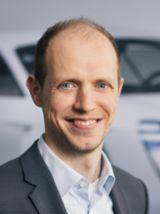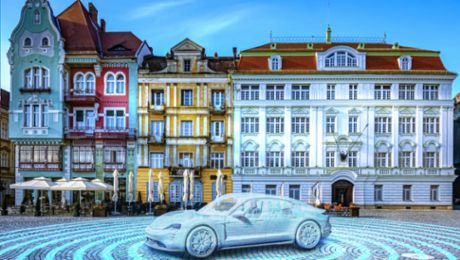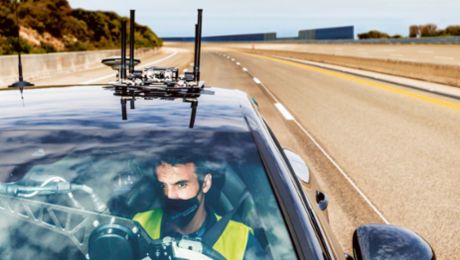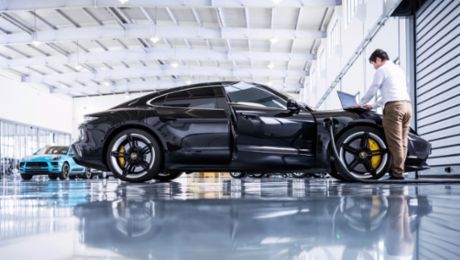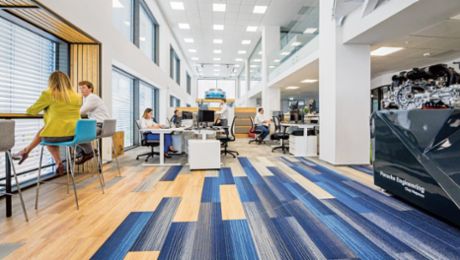Twenty years ago, Porsche Engineering took the first step on its path of international growth by opening its location in Prague, Czech Republic. This was followed in 2018 by the expansion of the Czech subsidiary with the opening of an office in Ostrava.
If you ask Michal Petřek what makes Ostrava so special as a location for the development of new vehicle technologies, he doesn’t have to think long. “The automotive industry has a long tradition here,” explains the Director of the Porsche Engineering location in the Czech Republic’s third-largest city. “The headquarters of Tatra, for example, are quite nearby in the town of Kopřivnice. It’s the third-oldest company in the world continuously manufacturing vehicles.” In addition to car manufacturing, a second industry here can also look back on decades of history: Semiconductors, the basic building blocks of modern electronics and information technology, have been developed and manufactured in the Moravian-Silesian region for more than 70 years.
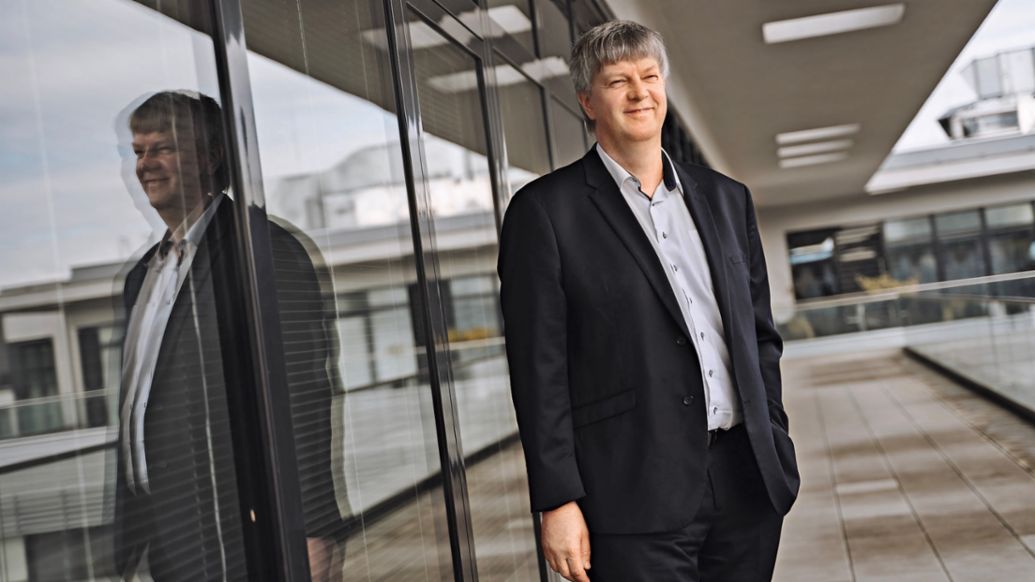
“Partly because of our history, we are now the most important center of the automotive industry in the Czech Republic and at the same time a hotspot for the IT industry,” Petřek says. “There are numerous research and production facilities of OEMs and suppliers here, and many software companies are also based in the area.” These are ideal conditions for Porsche Engineering’s activities: At the Ostrava site, some 80 employees in three teams are working on the interface between vehicles on the one hand and electronics and software on the other. For their work, they have to have a good command of both traditional automotive engineering and the latest IT technologies.
The employees in the Car Transition Team are primarily focused on software development. For example, they are working on diagnostic systems for the new electronics architecture and on a real-time emulation of the vehicle battery with which to test the battery management system during the development phase. “For our work, we need comprehensive system knowhow,” says Dr. Jiří Kotzian, who heads the Car Transition Team, “because we bring different things together, such as electric vehicles and the infrastructure that surrounds them.” His employees therefore include both software and hardware experts who focus mainly on high-voltage issues.

The Model-based Development Team is also working intensively on e-mobility. In the Porsche Taycan, for example, battery management software from Ostrava and Prague calculates the remaining charge of the battery and its “state of health.” But the team’s solutions can also be found in chassis control units, performing such tasks as regulating chassis height and allowing drivers to adjust the suspension settings according to their preferences. “Our software contributes to the high-quality, sporty driving experience of a Porsche,” says team leader David Muzika. In addition, the experts contributed the Automated Measurement Data Analytics (AMDA) tool for the Big Data Loop project (see article on page 8), which enables automatic data evaluation in the cloud.
The capabilities within the team are as broad-based as the team’s projects: “We have experts in control engineering, data processing and artificial intelligence working for us, and we always cooperate closely with our colleagues at the Cluj-Napoca site in Romania,” says Muzika. While Kotzian’s team develops software manually in programming languages such as C, C++, or Python, Muzika and his employees specialize in model-based software development. New solutions are created here using the Matlab/Simulink tool, initially as combinations of abstract function blocks. “This allows us to quickly implement and test our customers’ requirements,” explains Muzika. “Only when the new function is running properly do we automatically generate the corresponding software code.
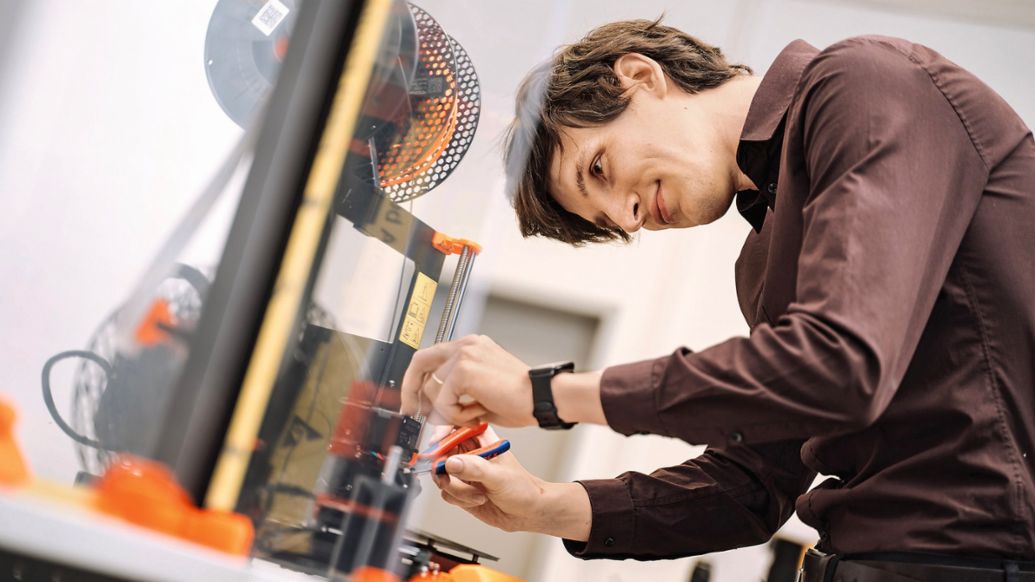
Close cooperation with their colleagues in Ostrava and other locations is crucial for the Vehicle Integration Team. The employees are responsible for integrating subsystems such as electronic control units from other development groups into vehicles and ensuring that they interact optimally. Technical progress constantly presents Zdeněk Kolba and his team with new challenges: “The number of electronic components in modern vehicles and the complexity of the systems continue to increase,” Kolba said. “As such, integration and validation need to be as fast and effective as possible.”
Today, simulations on HiL test benches (Hardware in the Loop; see article on page 24) play a central role in function development and validation. For example, to check the data exchange between a control unit and the other systems, the experts use HiL to create the impression that it is already installed in the vehicle. All signals are supplied by the test bench, whose values and timing correspond exactly to the later production model – long before the first prototype is available. This approach is suitable for the integration of all kinds of components, from small subsystems to more complicated functions. The development of such HiL test benches is another specialty of the Vehicle Integration Team in Ostrava. “Our colleagues in Prague started HiL activities many years ago," Kolba says. “We are now continuing that tradition in Ostrava.”
Constant learning required
“The number of control units will decrease, but the remaining components will be more complex,” says Kolba. “We are already preparing for this, with new capabilities and new tools, for example for the future data buses in vehicles.” But other trends such as connected vehicles, autonomous driving, and e-mobility also require a continuous learning process. With his team of experts in software, electronics, and mechatronics, he believes he is ideally prepared for the task: “Experience and fresh thinking” – these are the words Kolba uses to describe what makes his colleagues special. Experience because many of them had previously worked for years at one of the other suppliers or OEMs in the region. And fresh thinking because other employees joined Porsche Engineering directly after graduating from one of the region’s universities.
In order to benefit from the latest research results, the site intends to expand its cooperation with the Technical University of Ostrava. “It’s been involved in automotive research for a long time,” says location manager Petřek. Working students and doctoral candidates from the technical university are already collaborating on individual projects, and the exchange is set to become much more intensive in the future. An important start has been made: Since June 2020, the location has been situated in an innovation center near the university campus. In addition to its proximity to academia, it also offers room for further growth.
Proximity to the academic world
“We can employ up to 200 people here – a number we hope to reach in two to three years,” Petřek says. “We also have two laboratories in the new building for HiL testing and two more for building HiL test benches and electronics. In addition, there are several workshops where we can modify prototypes in secrecy.” Proximity to technical talent and a modern infrastructure are important prerequisites for staying at the forefront of development in the fast-paced automotive world. Flexibility is another indispensable quality – something the people of Ostrava have demonstrated in the past: After the demise of the local heavy industry, the city turned into a center of knowledge. “From coal mining to data mining,” was the slogan. Or as Zdeněk Kolba puts it: “We’re ready for the next challenge.”
In brief
The approximately 80 employees in Ostrava are as proficient in traditional automotive engineering as they are in the latest IT technologies. A modern infrastructure and close collaboration with the academic world ensure that the three teams can meet all customer requirements in the fields of electronics and software.
Info
Author: Christian Buck
Photographer: Aleš Král
Text first published in the Magazine Porsche Engineering, issue 2/2021.
.jpeg/jcr:content/Doln%E2%80%9D%20V%E2%80%9Dtkovice,%20Boris%20Renner%20(1).jpeg)
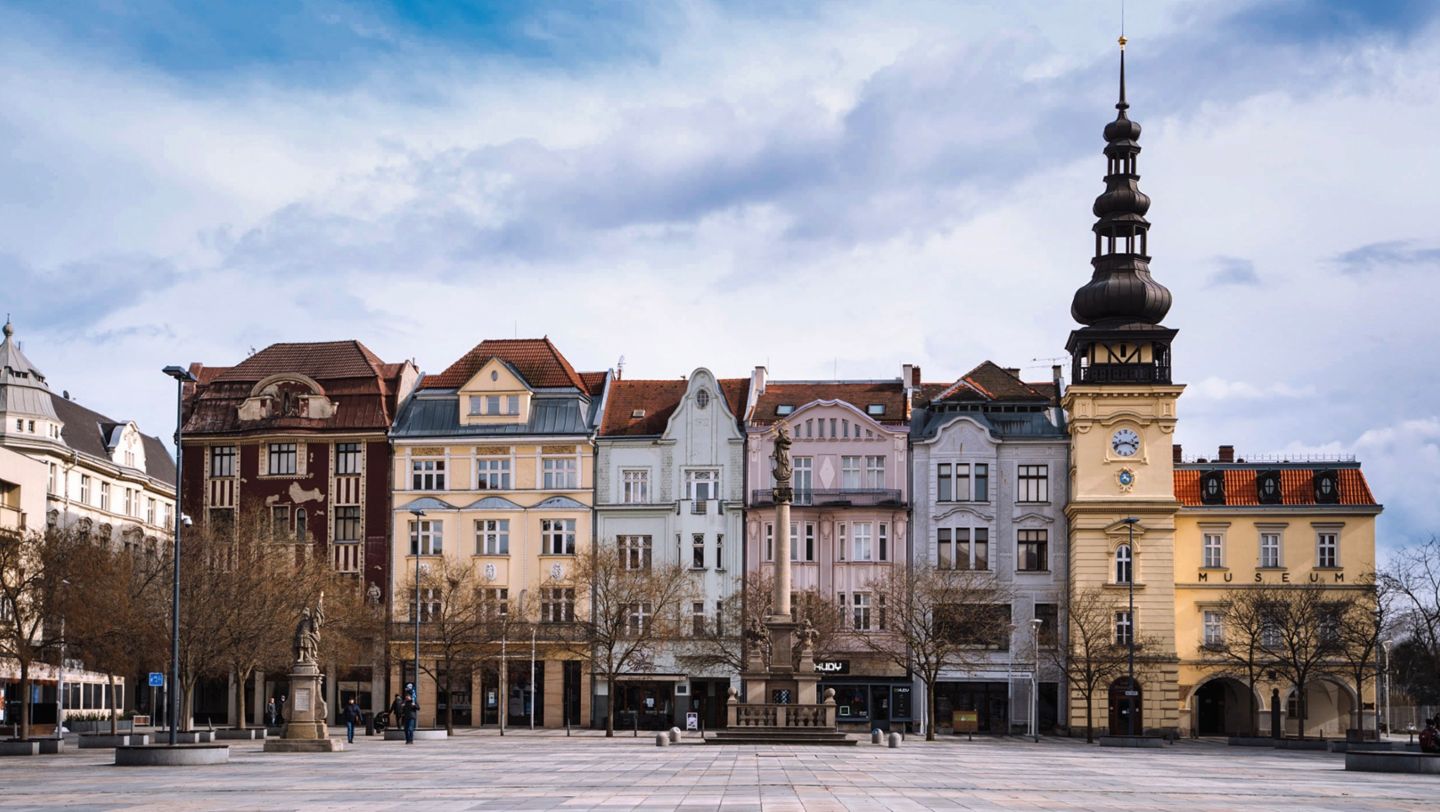
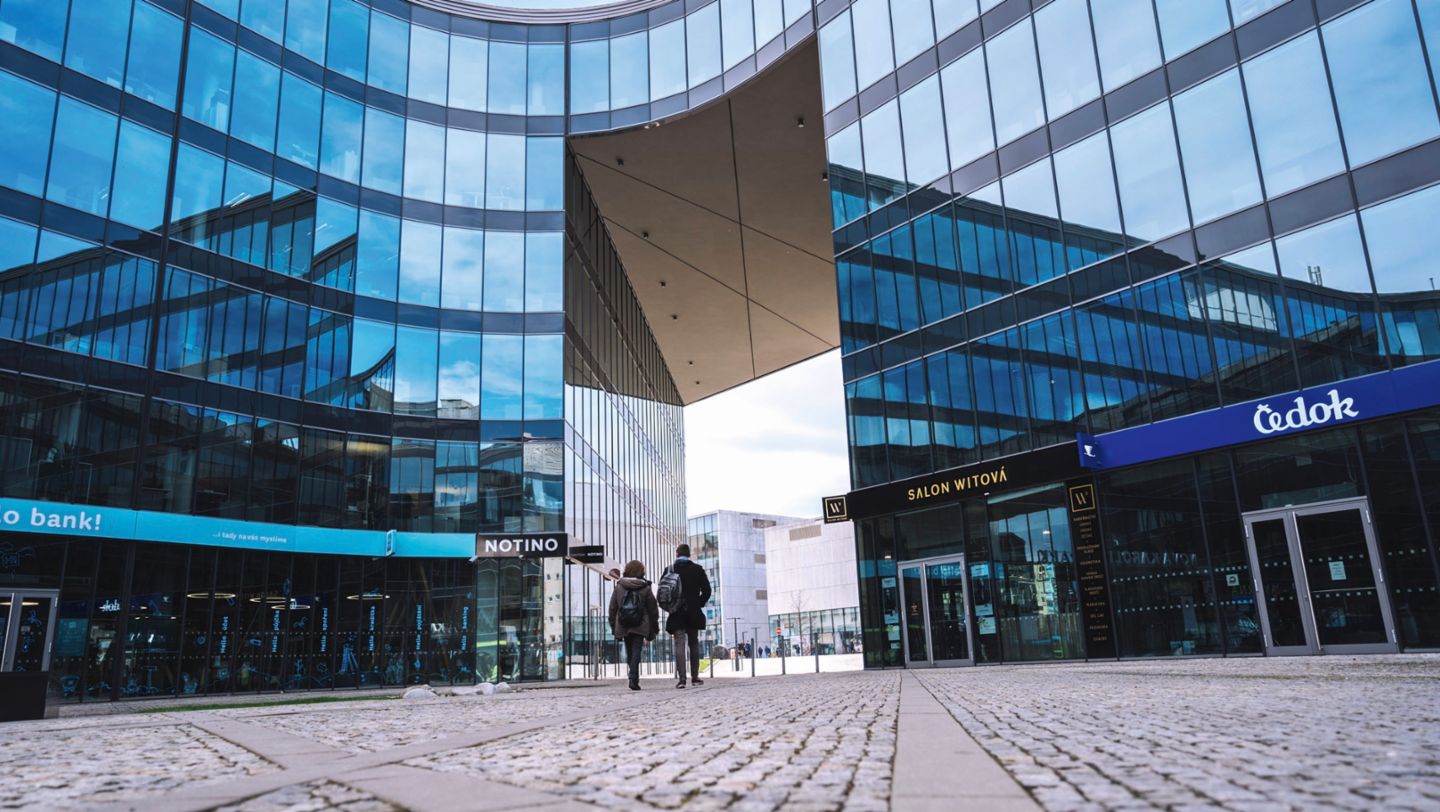

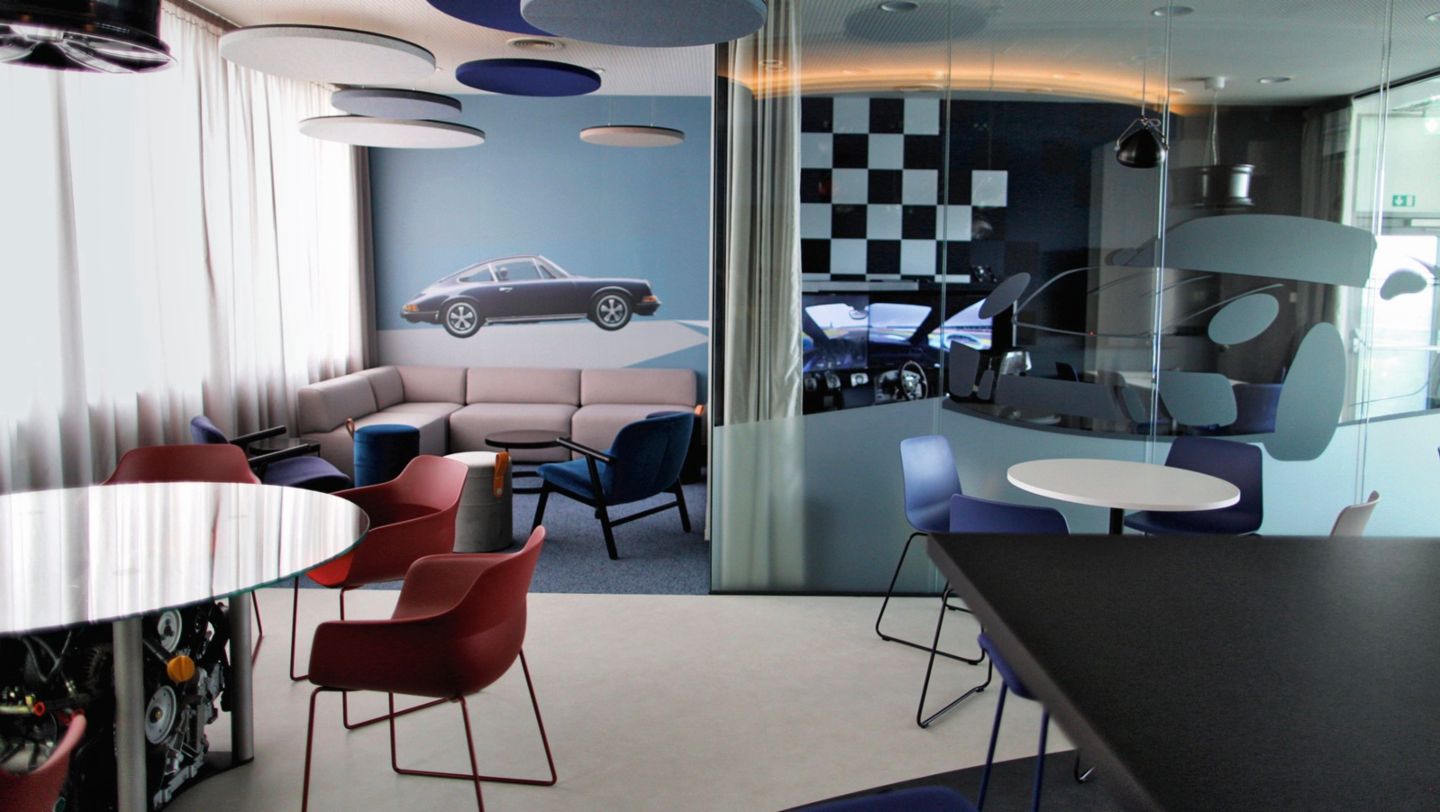
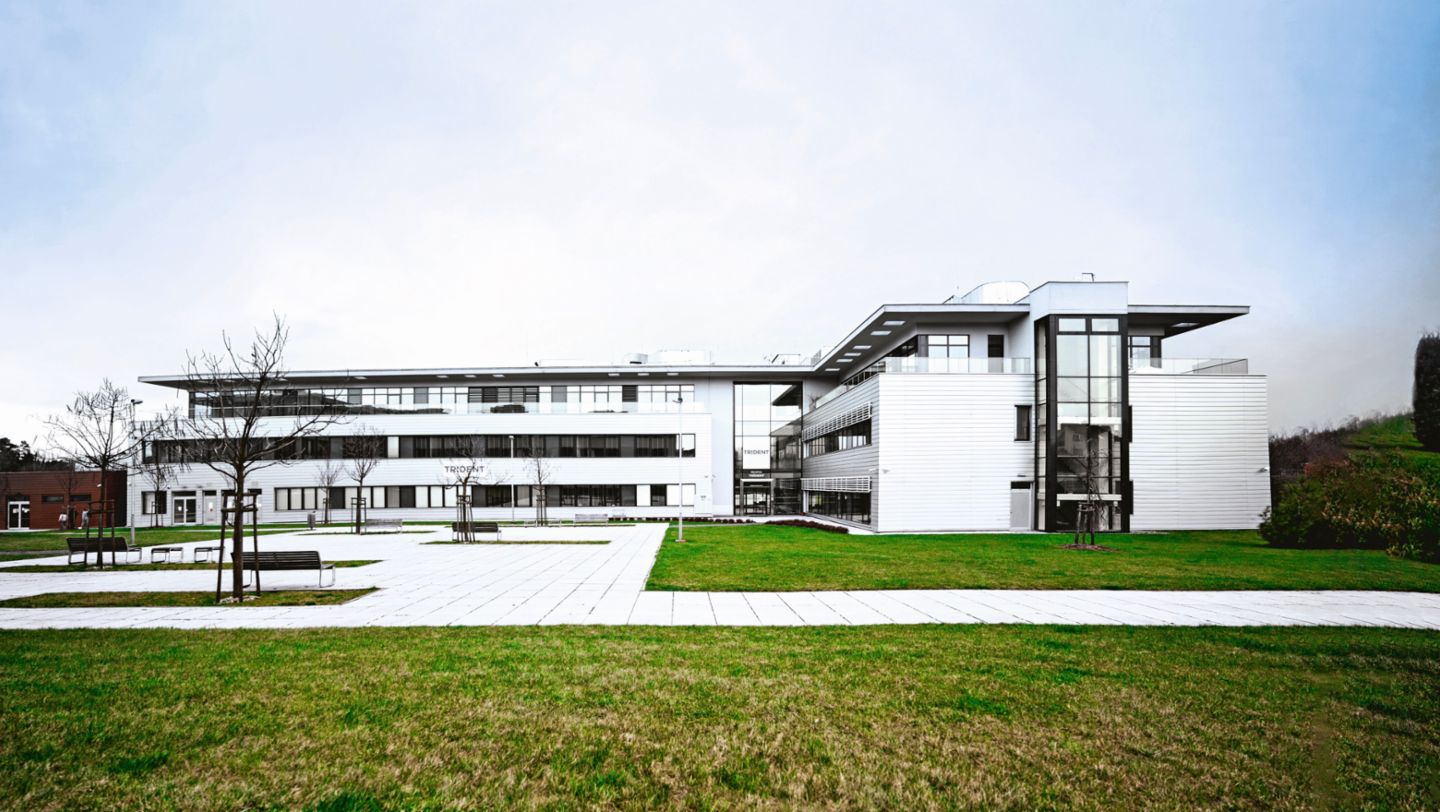
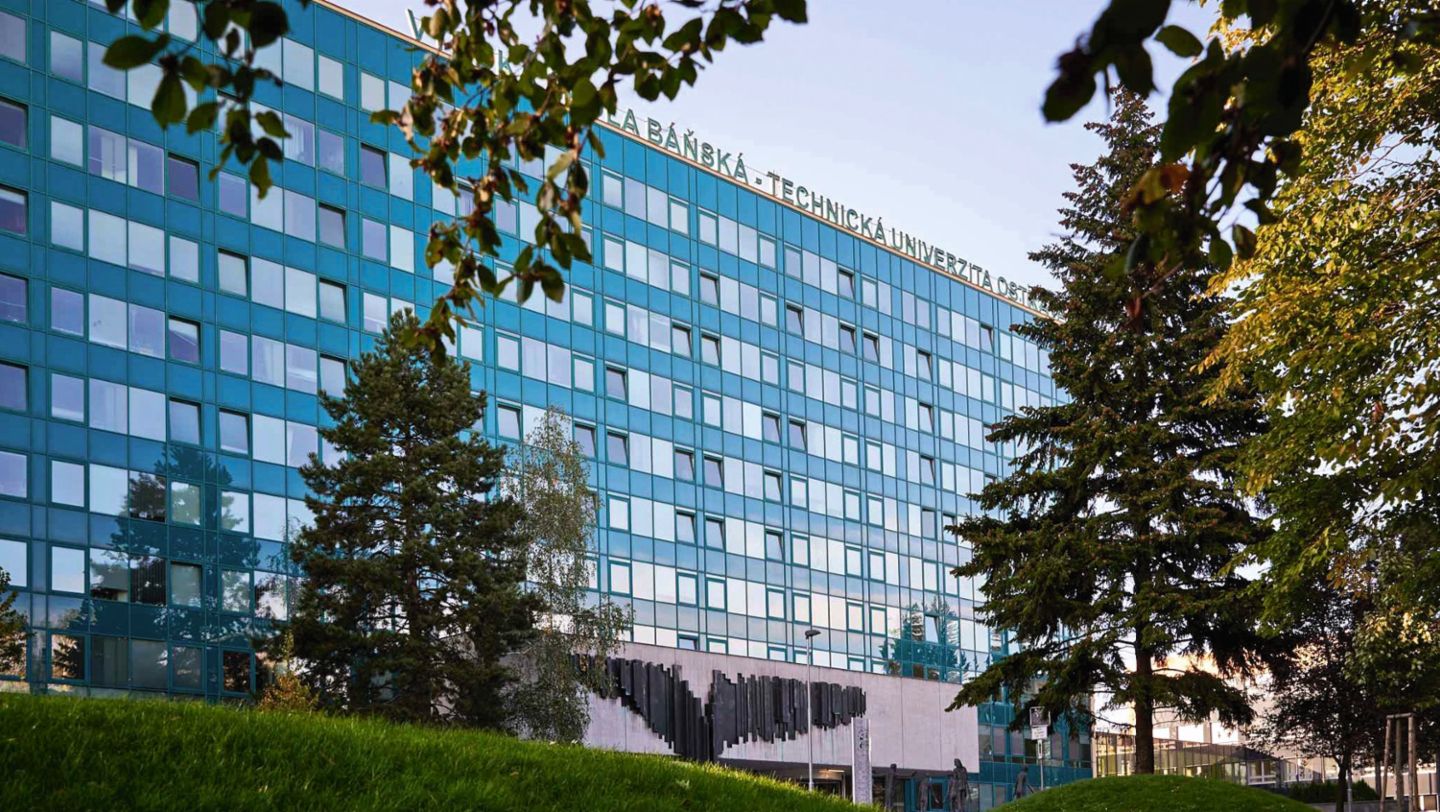
.jpeg/jcr:content/Doln%C3%AD%20V%C3%ADtkovice,%20photo%20by%20Ji%C5%99%C3%AD%20Zerzo%C5%88,%20archive%20of%20DOV%20(1).jpeg)
